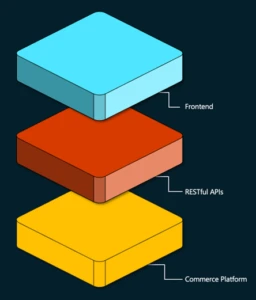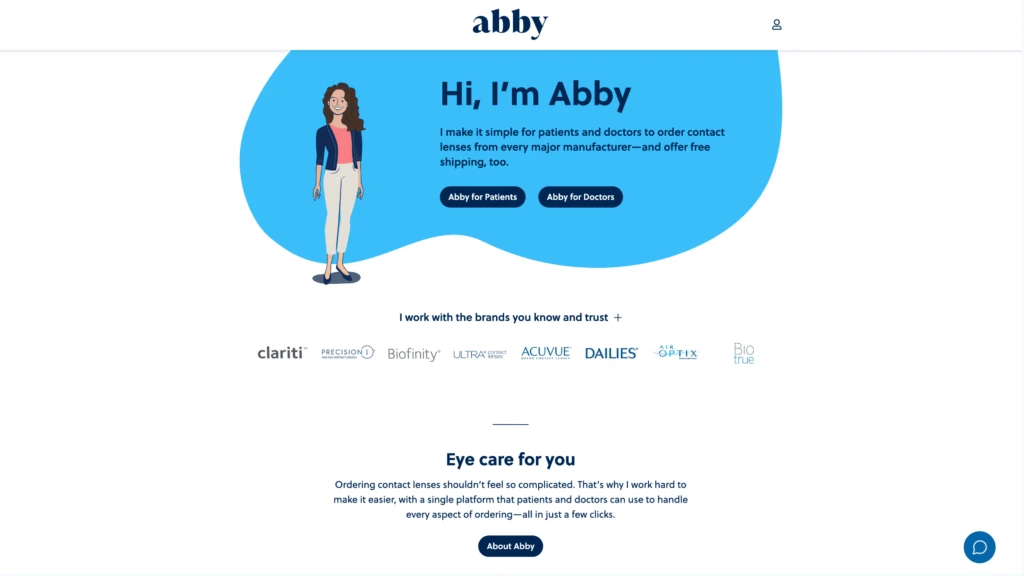This article is contributed. See the original author and article here.
| Editor: |
@denisconwayIntroduction:
You’re in for a treat! The world of e-commerce has undergone a massive transformation over the past few years, and it’s all thanks to the revolutionary concept of composable commerce. This approach has taken the industry by storm, and it’s not hard to see why. Composable commerce is versatile, scalable, and innovative approach, allowing businesses of all sizes to provide exceptional customer experiences across various platforms and devices.
In this article, we’ll look closer at the intricacies of composable commerce, exploring its core benefits and examining how it’s changing the game for the e-commerce industry. Get ready to be blown away by the possibilities of composable commerce!

Many organizations have started adopting Dynamics 365 Commerce, a composable commerce engine to enable customers to unify back office, in-store and e-commerce channels. While also serving as the single integration point for third-party channel solutions. This gives customers the key advantage of using a variety of best of breed commerce solutions to engage and deliver goods and services to their customers.
What is Composable Commerce:
Composable commerce is a contemporary approach to e-commerce that separates the front-end (presentation layer) and back-end (commerce logic) of an e-commerce platform. Unlike traditional e-commerce systems, where changes to one component can affect the other, composable commerce decouples these two layers, enabling independent development and greater flexibility. This separation allows for greater agility, faster innovation, and the ability to adapt quickly to changing market demands.

In contrast, traditional e-commerce systems often have monolithic front and back ends, leading to certain limitations. Modifying the underlying codebase to change the front-end design or user experience can be complex and time-consuming. Additionally, traditional systems are not easily scalable across different devices or channels. Composable commerce addresses these challenges by allowing businesses to easily update their website’s design or incorporate new features without disrupting the core e-commerce functionality.
What options do companies have:
Businesses have two powerful options to customize their e-commerce experiences: headless commerce and composable commerce. Headless commerce allows companies to develop and update front-end and back-end components independently, enabling quick adaptation to market changes and experimentation with innovative features. Composable commerce takes flexibility and customization to the next level by enabling businesses to select modular components from different vendors, providing the ultimate flexibility to create an e-commerce ecosystem that is tailored to their unique needs.
Benefits of Composable Commerce:
To start with, the flexibility and agility of a digital environment is continuously evolving, thus using a decouple architecture business can quickly adapt to customers changing preferences. Separating the front-end from the back end ensures that branding, user experience, and functionality stay consistent across various channels. By having cohesive experience across web, mobile, social, media, voice assistant and other Artificial Intelligence (AI), Virtual Reality (VR), Augmented Reality (AR), Voice Commerce, based emerging technologies lead to higher customer satisfaction, engagement, and loyalty.

In addition, scalability and performance are also greatly enhanced because businesses can independently scale each layer resulting in better resource allocation. Websites can now handle increased traffic, sales volume, and complex operations leading to faster page upload time and better user experience.
End-user Benefits:
Whether customers interact with your brand through a website, mobile app, voice assistant, marketplace, or social media platform, composable commerce ensures a seamless and tailored experience. In addition, faster loading times and improved website performance reduce the long wait time for the entire page to load, resulting in a smoother and more responsive user interface. More importantly customers are browsing via desktop, smartphone, tablet, or using voice assistants to access your products and services seamlessly. This omni-channel capability enhances convenience and accessibility for customers, meeting their expectations for a seamless cross-channel experience. Dynamics 365 Commerce enables businesses to build this experience.

Customer Image: Front page ABBY Site Easy, online contact lens ordering | Doctor Trusted | Patient Approved | Free Shipping | HelloAbby
Customer Story:
Empowering Vision: ABB Optical Group’s Intelligent Contact Lens Ordering Platform with Microsoft Dynamics 365″
Embarking on a technological evolution, ABB Optical Group introduces its Intelligent Contact Lens Ordering Platform, a game-changer crafted in collaboration with Visionet Systems Inc. and Microsoft. This innovation involved the implementation of Microsoft Dynamics 365 Finance and Operations, Azure Cloud, and Data Lake, providing a solid technological foundation. ABB Optical aimed to transcend its legacy Patient Ordering Platform, yourlens.com, seeking a modern, intelligent, and scalable user experience. This vision materialized through the development of a robust Minimum Viable Product(MVP), introducing a microservices headless experience and harnessing the capabilities of Microsoft D365 Retail and HQ APIs, alongside Proof of Concepts.
The outcome was nothing short of transformative. The MVP’s successful pilot garnered positive feedback, propelling the rapid development of additional customer-demanded features. In just six months, Visionet spearheaded the launch of phase two of the Abby Platform, seamlessly integrating a data analytics component through Data Lake with Dynamics 365 F&O and Power BI. ABB Optical Group now stands at the forefront of innovation, offering eyecare providers and patients an intelligent, forward-thinking ordering system.
Conclusion:
In conclusion, the emergence of composable commerce signifies a pivotal shift in the digital marketplace. This approach, distinguished by its modular structure, cloud-native integration, and technology-independent capabilities, provides businesses with unparalleled flexibility and adaptability. It enables businesses to customize their digital experiences, integrate seamlessly with best of breed solution providers for individual capabilities, and respond swiftly to market changes and complexities.
Learn more
Dynamics 365 Commerce delivers a comprehensive, yet composable, set of capabilities for both consumer and business-facing organizations seeking to expand beyond traditional digital commerce limitations and improve customer engagement, build brand awareness, streamline purchasing, and deliver exceptional customer experiences.
To learn more about Dynamics 365 Commerce:
Visit our website on commerce today.
The post The Composable Commerce Revolution, the Future of E-Commerce, Dynamics 365 Commerce has arrived! appeared first on Microsoft Dynamics 365 Blog.
Brought to you by Dr. Ware, Microsoft Office 365 Silver Partner, Charleston SC.


Recent Comments